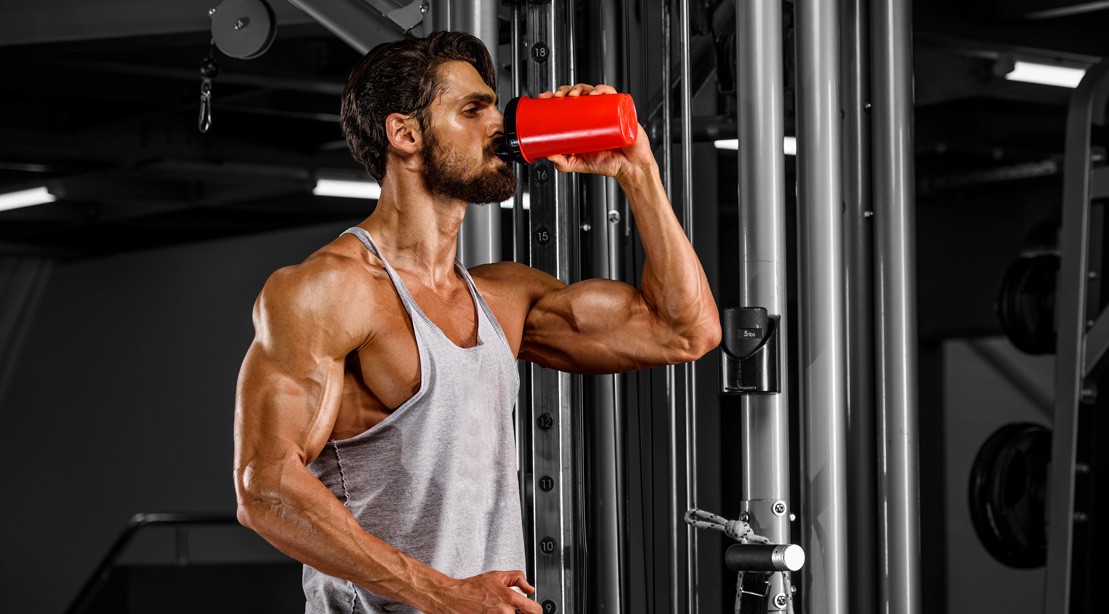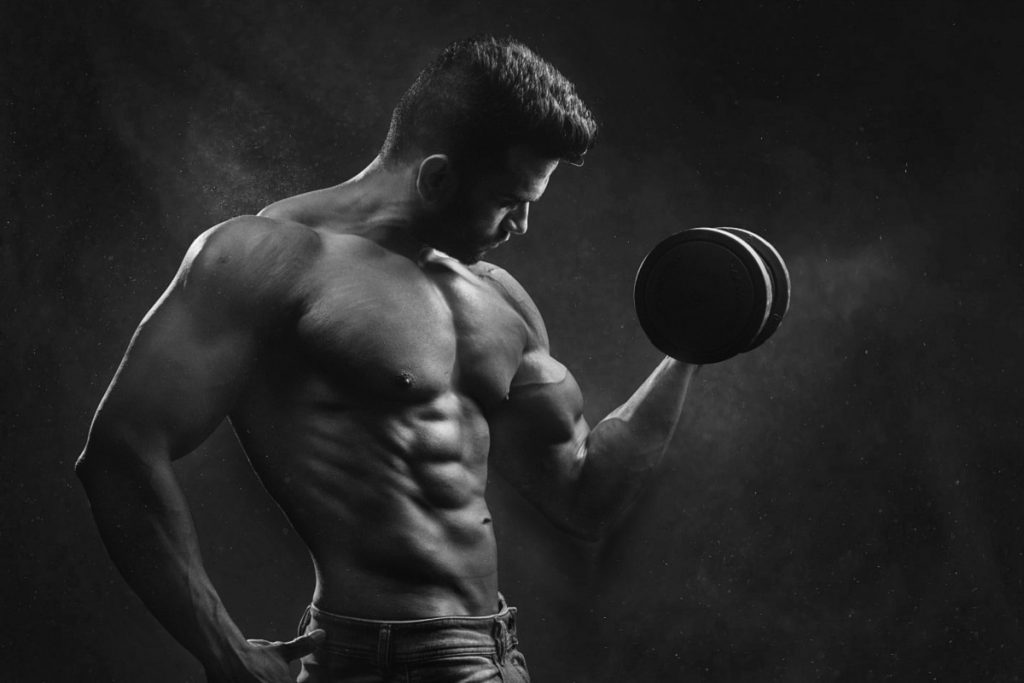If you’re trying to build muscle, strength training is the very best way to do it. Strength training damages the muscles, which causes them to repair and grow. The result is larger, stronger muscles.
But, optimal muscle development goes past your actual workout. It also relies on post-workout nutrition. Your muscles need enough protein and carbohydrates to efficiently recover.
Many people claim you need to eat a post-workout meal through the “anabolic window.” This expression refers to the short time after training as soon as your muscles are recovering and repairing. Additionally, it is called the metabolic window or protein window.
Allegedly, the anabolic window lasts 30 minutes. If you’d like maximum results, you should consume protein and carbohydrates within this time frame. Eating a meal following these 30 minutes is supposedly less useful.
Lots of men and women use this notion to clinic precise nutrient timing. As it turns out, there’s little scientific evidence to back up the plan. Read on to find out about the anabolic window theory and why it will not exist.

Anabolic state theory
The anabolic window concept is based on the body’s anabolic response.
Anabolism is when small molecules grow into bigger, complicated molecules. These molecules develop into fresh cells and tissues, such as muscle. It is the opposite of catabolism, or when larger molecules break down.
After strength training, your body is in an anabolic state. This involves a range of mobile processes that facilitate muscle growth and repair. These procedures are fueled by protein and carbohydrates.
According to the anabolic state concept, this anabolic response is a restricted time period of only half an hour. Additionally, it asserts that immediately eating protein and carbs is Essential for:
- Increasing protein synthesis
- Reducing muscle protein breakdown
- Replenishing muscle glycogen
There’s some merit to these claims. According to a 2018 study, muscle protein breakdown (MPB) increases in response to strength training. Muscle protein synthesis (MPS) also increases, but to a greater degree. The equilibrium between MPB and MPS determines muscle growth. This equilibrium is known as net muscle protein balance (NBAL).
Post-workout nutrition can impact these processes. Protein ingestion restricts MPB and supports MPS. Carb intake also inhibits MPB and helps glycogen resynthesis. Glycogen offers energy for your muscles.
After exercising, it may seem logical to instantly eat protein and carbs to curb MPB. Additionally, it is supposed that this will boost muscle mass by raising NBAL. That is where the theory oversimplifies science-fiction.
Changes in muscle dimensions depend on myofibrillar proteins. To increase muscle mass, the suppression of MPB would need to completely target these proteins.
However, MPB affects many kinds of proteins. This includes muscle proteins that rapidly turn over or have already been damaged. Degrading these proteins may be essential to redesign muscle. This implies that attempting to limit MPB through post-workout nourishment might actually hinder appropriate healing.
Additionally, apart from nutrition, there are a lot of things that influence growth and recovery, including hormones, age, and training regimen.
There also isn’t hard evidence that says the anabolic window is just 30 minutes. It is not clear in which the proposed time period came from.
What the science says
The concept of a narrow anabolic window is a common belief. Research shows that it’s not as brief or as simple as it seems.
A small 2017 study discovered that pre- and – post-workout protein intake both produce similar muscle adaptions. This suggests that pre-workout protein can suffice and instant post-workout intake isn’t much better. It also proposes the”window of opportunity” for protein is rather wide.
An older 2007 study had similar outcomes. Participants consumed whey before exercise or one hour after. Both groups underwent similar changes in muscle protein synthesis. Furthermore, a 2013 meta-analysis of 43 studies did not find a strong connection between immediate protein intake and muscle development or strength.
The role of immediate protein ingestion on muscle protein breakdown may also be exaggerated.
While it’s true that muscle dysfunction increases after instruction, a 2009 article states this effect is short.
A 2010 study analyzed the post-workout anabolic response that happens after protein intake. Researchers found that the answer is mainly due to protein synthesis rather than protein breakdown. This proposes that eating to reduce muscle dysfunction might not be vital.
The exception is when you exercised while fasting. In accordance with an elderly 2003 research, fasted exercise considerably increases post-training muscle breakdown. Consequently, if you don’t eat before training, it is important to eat right after.
Finally, a 1997 study found that delaying post-workout carb intake by 2 hours didn’t affect muscle glycogen resynthesis. The levels of glycogen stayed the same 8 and 24 hours later, suggesting later carbohydrate intake may still be beneficial.
Is an anabolic workout good for your health or harmful?
The concept of an anabolic window doesn’t have much scientific proof.
Therefore, training to take advantage of this window may not be essential. It’s neither good nor bad for your health.
There is no harm in consuming protein and carbs immediately after training. If this suits your lifestyle, then don’t hesitate to stick with it.
What’s beneficial for your health is incorporating exercise and a balanced diet.
The way to attempt anabolic exercise
If you’d like to try anabolic exercise, Here Is What you need to do:
- Strength train. Strength training, or resistance training, promotes anabolism and muscle growth. You may attain this by simply lifting weights or performing bodyweight exercises.
- Consume enough carbs and protein. Generally, it is suggested to eat carbs and protein in a 3 to 1 or 4 to 1 ratio.
- Eat within 30 minutes after a workout. The purported anabolic window lasts 30 minutes after your workout. You may save time by preparing your meal before exercising.
With all exercise routines, make sure you remain hydrated. Drinking water before, during, and after exercise is critical, whether you are trying anabolic exercise or not.
Takeaway
According to the study, the 30-minute anabolic window does not exist, meaning that a later post-workout meal won’t significantly hinder muscle development. This implies that eating protein and carbs immediately after exercise isn’t critical for maximum gains.
Eat your post-workout meal, when it works for you. This might be prior to training, shortly after, or later on. The exception is if you train at a fasted condition, so you should have a post-workout meal soon after.
